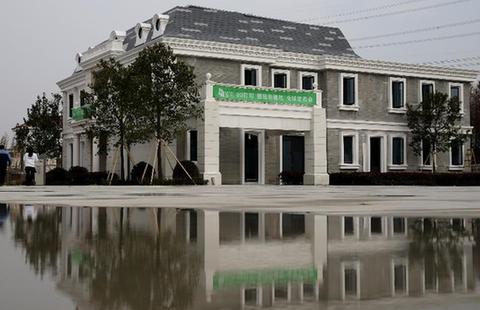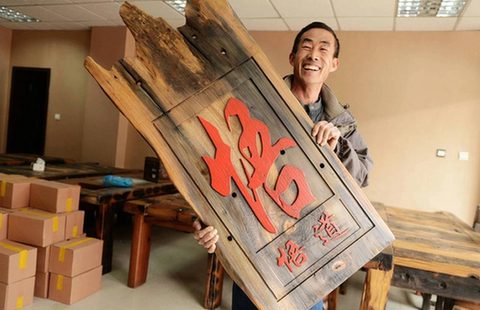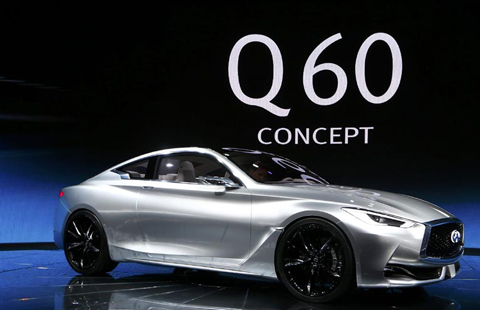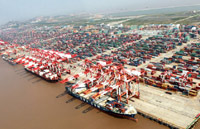Small steps in service sector to make big strides in economy
By CHEN JIA (China Daily) Updated: 2015-01-19 07:56"The relative stability of the labor market is likely to continue supporting consumption growth in 2015," says Zhu.
The economic census also showed that at the end of 2013 there were 7.85 million small and medium-sized enterprises operating across the industrial and service sectors, accounting for 95.6 percent of all the corporate enterprises. They employed a total of 147.3 million people, accounting for 50.4 percent of the nation's workforce.
Morris Li, executive director and president of China Guangfa Bank, says that many Chinese SMEs are still too weak to survive any macroeconomic fluctuations in what is an intensely competitive market, and are waiting for more development support.
"The number of SMEs is huge in China, and they play a significant role in the country's healthy economic growth," he says.
A recent report from China Guangfa highlighted four major difficulties for Chinese small businesses: fierce industrial competition, high operational costs, low profits and heavy taxation levels.
The Ministry of Finance has already removed 42 administrative service fees for SMEs since the beginning of 2015, and more supportive measures are expected to simplify financing procedures.
Li says a better development environment for small business will help to create more job opportunities. He also expects stable growth in consumption to offset the retreat of fixed-asset investment and exports.
Zhu of JPMorgan Chase& Co predicts nominal retail sales growth to be relatively stable at about 11.7 percent this year, compared with the almost 12 percent growth in 2014, with consumer inflation easing to 1.5 percent in 2015.
Zhu expects total consumption may contribute about 3.5 percentage points to 2015 economic growth.
- Overseas listing of domestic firms to be made easy
- Regulator issues draft rules restricting entrusted loans
- Mercedes-Benz: Reduced prices for parts, free checkups
- First private bank starts trial operation
- BMW Brilliance's ZINORO charging into Shanghai
- New Arrival: BMW 530Le, VW Lamando, ZD D1
- China's graft-busters target SOEs ahead of reform
- Migrant workers return home ahead of Spring Festival travel peak
















